The increasing popularity of SUVs is clear from a quick look at the new car sales charts. But while such cars are popular with buyers, not everyone approves. A recent report caused plenty of headlines by saying that people should think carefully before buying large SUVs, both because of the space they take up on the road and because of the extra pollution they can cause.
I suspect that, as an Autocar reader, you too might shake your head at the popularity of SUVs. Not necessarily for the reasons stated above but because what you or I want from a car and what typical car buyers want from a car are two completely different things.
Allow me to illustrate my point. Ask me what new car I’d buy with my own money and, within the bounds of what is financially imaginable, I’d probably say an Alpine A110. Tell me to get real and I’d say a Lotus Elise or a Mazda MX-5. Insist it must seat four and remain affordable and I’d say a Mountune-chipped Ford Fiesta ST.
What I would absolutely not be slavering after is a coupé-cum-hatchback-cum-cod-offroad-crossover-quasi-estate blob on wheels. So why in the first month of this year were five of Britain’s 10 best-selling cars, and two of the top three, all crossovers/SUVs? Has there ever been a greater gap between the cars that we think people should be buying and those that they actually do? Perhaps surprisingly, the answer is yes. We will be getting to the whats, whens and whys of that in a minute.
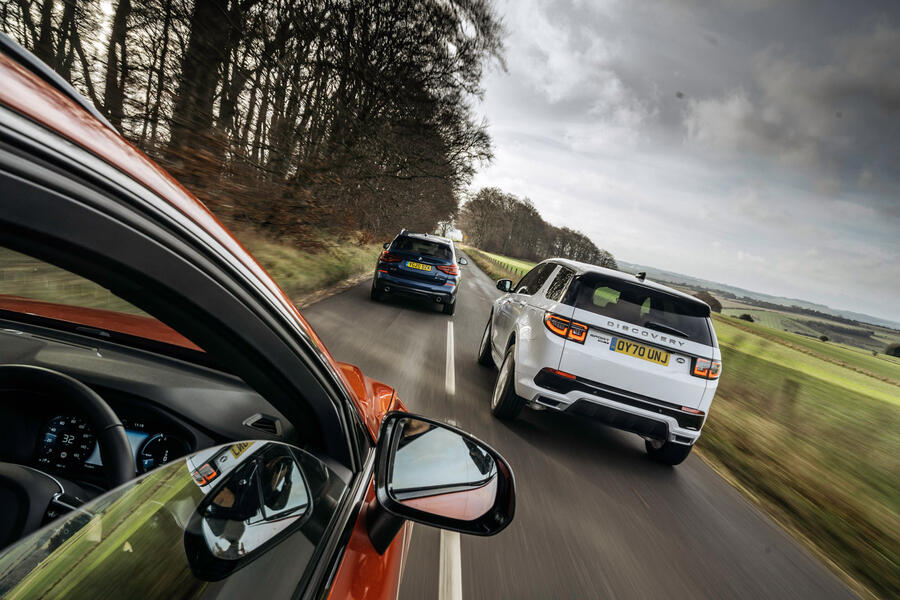
But let’s stay in the present a little longer and look at what’s driving this disconnect between the cars we think people should be buying and those they actually are. The first thing to say is that Autocar hasn’t survived 126 years without knowing who its reader is. And the truth is that you, like us, are slightly strange. You don’t look at cars in the same way as other people. They might see a mode of transport, or an opportunity to make a public statement about themselves; you see something to be driven, savoured and enjoyed.
This is because you love cars and not their image. There’s a crucial difference and one that I think is relatively easy to illustrate. Remember Chris Evans’ knuckle-gnawingly shouty turn on Top Gear?
It led to the lowest IMDB ratings of any mainstream television programme of which I’m aware. And although I haven’t asked the bloke, he gave every impression of being someone who didn’t love cars at all, just their image, which is a very different thing – and the audience saw through it in a heartbeat. Indeed, it was another short-lived former Top Gear host who has no interest in cars but who happens to be a mate who told me: “That was the programme on which I learned you can’t present your way out of not caring for your subject.”
But you know your subject, which means you know what makes a car good to drive. Most fundamentally, you know that the lighter and lower it is, the better it will be. But we live in an era when cars are getting higher and heavier. What we have to accept is not only that ours is a minority view but also that it has always been that way. This isn’t a new happening.
Cars are getting heavier for two main reasons. First, people want more stuff on and in them. This isn’t the stuff you and I might deem as acceptable grounds for a small increase in mass – a limited-slip differential at one end, another couple of cylinders at the other – but things such as fat seats, dashboards groaning with gadgets and more spacious interiors. People like more space because they themselves are bigger than they used to be, which means cars must grow with them.
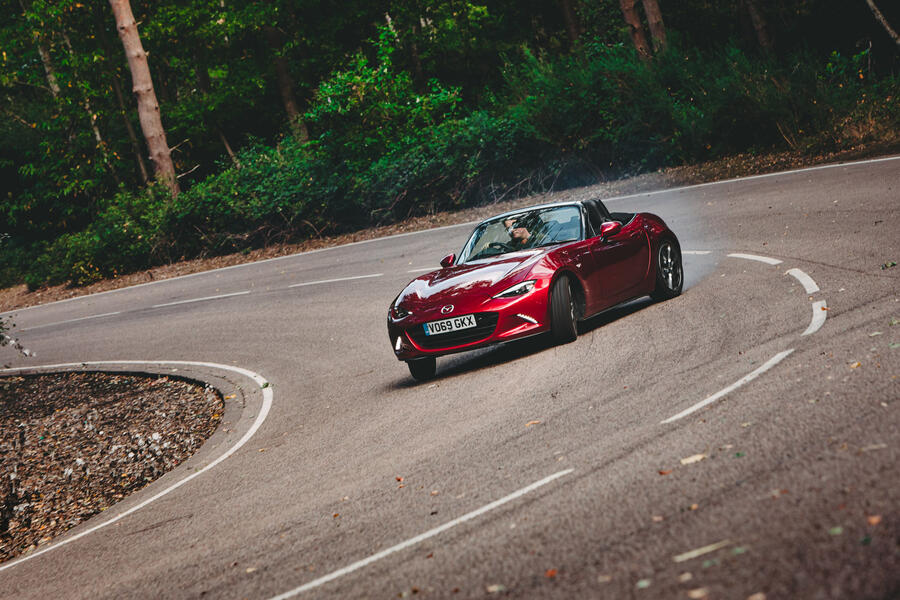
The other reason is that they think a heavy car is a safe car. After all, does it not stand to reason that the more metal you have around you when you hit something, the more of that impact will be absorbed before it interacts with the soft, squishy things you tend to find inside it? We call them passengers. Of course, what few consider is the car’s ability to not have the accident in the first place, which is strange, because I think in most other walks of life it is generally held that prevention is better than cure. Also, the heavier your car, the more momentum it will carry and the more energy it will need to dissipate in order to reduce its speed pre-impact. It will also be slower to stop prior to or accelerate away from trouble and less adept at dodging around it.
Yet the bodies responsible for ensuring our cars are safe take little account of that. Euro NCAP will give you so much data about how a car performs in a crash that it will make your eyes bleed. But how much data does it provide about a car’s ability not to have that crash? Well, there’s plenty on how effectively on-board electronics such as lane-keep assist and ESC work, but do they measure fundamentals such as braking distances or the ability to change direction? They do not. So a heavier car is not necessarily a safer car any more than one with four-wheel drive is safer than one without, although that is subliminally communicated by manufacturers, too.
What is actually happening is they’re simply making the cars their customers want to buy, and while we may lament that these are not the cars we may want to buy, what we cannot do is say we’re right and they’re wrong. It’s just down to personal tastes, and ours are different. Most of us couldn’t care less about what we think our car makes other people think about us. We may even smirk at those who do think such things, but that is a key factor in the rise (pun intended) of the crossover/SUV. But so too is the fact that they’re easier to get into and see out of, which is of particular importance to those with kids. So perhaps we shouldn’t carp too much.
Besides, I’d far rather people were buying cars they wanted even if they’re not my cup of English Breakfast, because it’s a far healthier situation than that which prevailed at the beginning of my career.
In the late 1980s, Autocar had a couple of pages at the back called Database, edited by the dashing young Andrew Frankel. I put all sorts in there, which is why I can tell you that in October 1989 there were slip road closures at junction three of the M63. But I also included the country’s top 10 best-selling cars, which so far that year had been the Fords Escort, Sierra and Fiesta, Vauxhalls Cavalier, Astra and Nova, Austin Metro, Ford Orion, Rover 200 and Austin Montego.
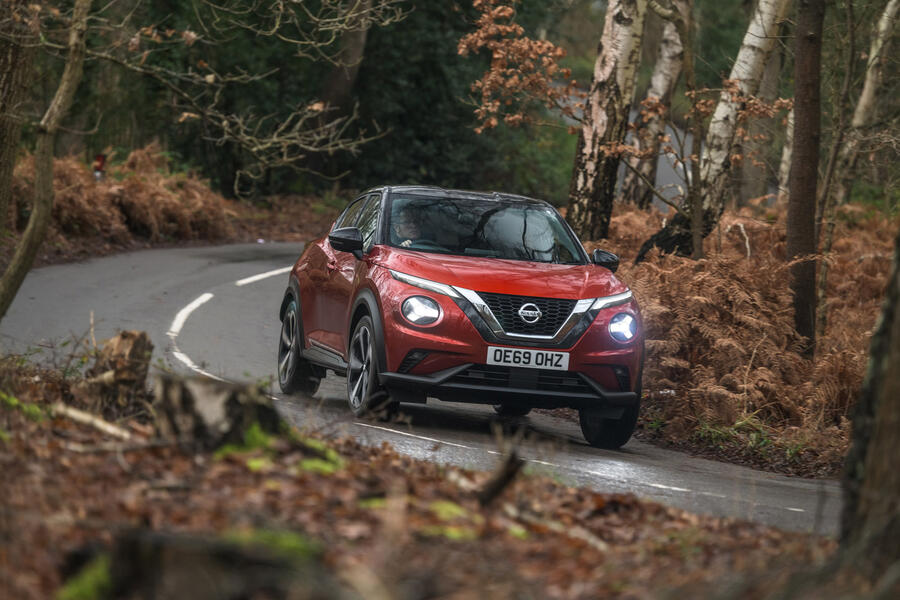
A more motley accumulation of mediocre metal you would struggle to find. Where was the Peugeot 205, Volkswagen Golf or BMW 3 Series? Nowhere by comparison. And why? Because, back then, to whom could you turn for advice? The only car expert most people knew was their local dealer, who came with the profound conviction that the world’s best car was whatever he had most of on his forecourt that week. There was no internet for people to turn to and learn otherwise.
Today, prospective customers walk into dealerships often knowing far more about the car they want to buy than the poor sod trying to sell it to them; in 1989, they would not have had a clue. So the success of any product tended not to depend on whether it was any good or not but on how many dealers the manufacturer had. So it’s no surprise to discover that Ford, Austin Rover and Vauxhall weren’t just the UK’s best-selling manufacturers, but they also had the most dealers, with 1200, 975 and 681 respectively. Peugeot had 400, Volkswagen had 355 and BMW had a paltry 157. They never stood a chance.
So while we may lament that many people are increasingly choosing cars that are high and heavy, we should celebrate the fact they have reached that decision with at least the option of being in full possession of the facts, and that they simply have different priorities to us. Which is vastly preferable to the situation that was allowed to prevail 30 years ago.
Punching above their weight
The recent debate on the rise of large SUVs in urban areas was sparked by a report that centres on the role of advertising in promoting “false promises of safety and superiority” with such vehicles. It was published by the New Weather Institute, a “think tank” that focuses on a “rapid transition to a fair economy”. The Mindgames on Wheels report claims that large SUVs account for a third of all vehicles sold, three-quarters of them registered to people living in urban areas. It calls for a ban on the advertising of such cars, arguing that “the human health and climate damage done by SUVs is huge and needs to be undone”. While the report does raise some interesting issues, it seems to merge two separate – but often related – issues: the increasing size of cars in general, and the reduced efficiency and higher emissions of some large-engined, less-aerodynamic SUVs. And while talk of an ad ban oversimplifies a nuanced issue, it does raise one intriguing question: are car firms or car buyers responsible for driving the increasing popularity of SUVs? James Attwood
Second opinion - Matt Saunders
Andrew Frankel literally wrote the book that Autocar uses to this day to educate budding road testers about the primacy of fitness for purpose when assessing a new car. But I know where he’s coming from. It’s easier when you can think as an interested driver would, with a close eye on dynamic appeal, when deciding a verdict.
Half of the big group tests we do are of driver’s cars of one form or another, because we think you’ll be more interested in tests like that. Our instinct then is to give the nod to the better-driving car; all else being equal, it’s generally the reasonable thing to do. But sometimes it isn’t…
One of the first twin tests I wrote, in March 2010, featured the Jaguar XJ. I drove to the car’s launch in a Mercedes S-Class and gave the nod to the Jag for its better driver appeal while overlooking a few relatively unimportant (or so I convinced myself) frailties, such as ride isolation, second-row space and material quality. I don’t mind admitting that I got that one wrong.
Second opinion - Matt Prior
During the 1990s, car magazines told the car buying public just how excellent the Alpine A610 was. It was a true, worthy Porsche 911 rival, they said. Alpine went on to sell about, I think, 10 per year.
Ditto the original Honda NSX. Maybe 30 or so were sold per year. There was a year in the late 1990s when more examples of the Jaguar XJ220 – by then well out of production, but with some still unsold owing to that decade’s earlier recession – were newly registered than NSXs.
Fortunately, I wasn’t around to write about either of those cars. Although in 2006, I did review the Nissan Qashqai, this new whizzy crossover thing, a car to replace the Primera hatchback. The same money as a large family car but for a car the size of a small one, only taller? I didn’t quite get it.
Hmm. To their credit, the good people at Nissan only remind me about this every single time I talk to them. Euro NCAP crash tests have resulted in heavier cars Unlike James Ruppert, car dealers carried more clout before the internet The late 1980s best-sellers – and not an SUV to be seen single time I talk to them.
READ MORE
Feelgood factor: What is it and which cars have it?
No bum steer: The importance of steering feel
Andrew Frankel: from ice cream salesman to esteemed road tester

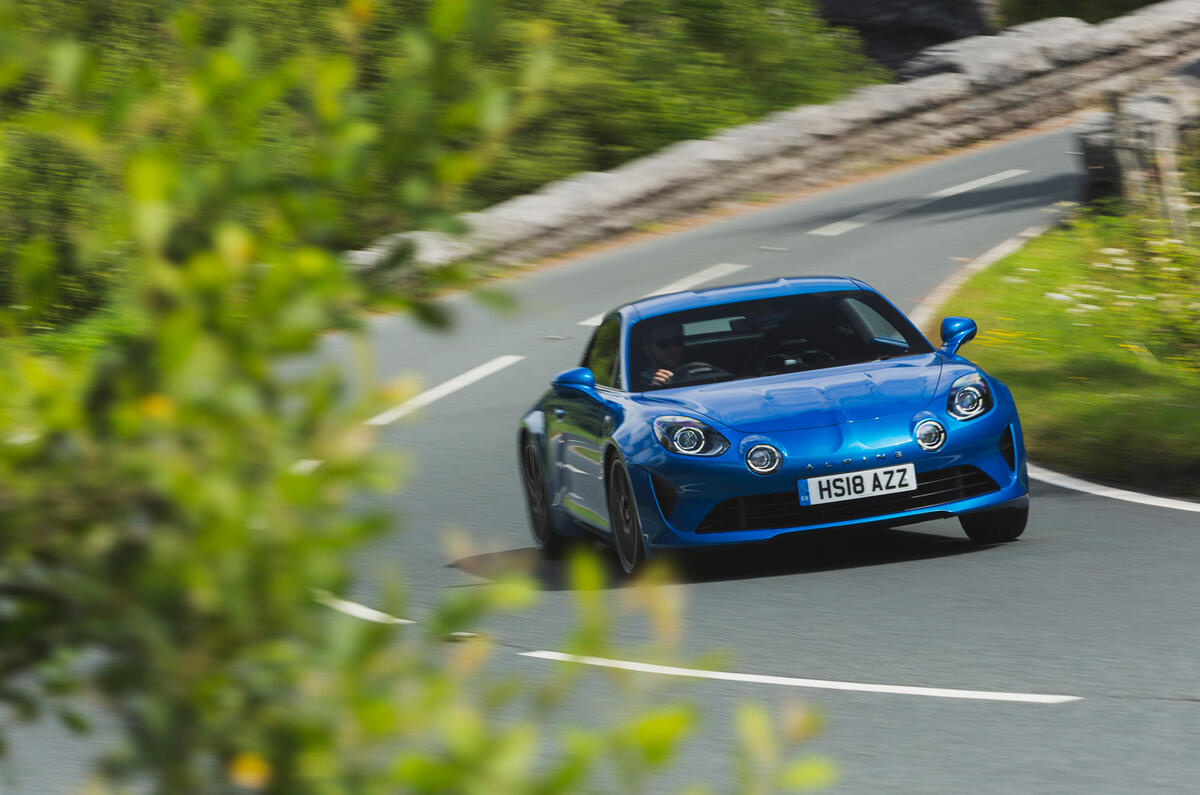
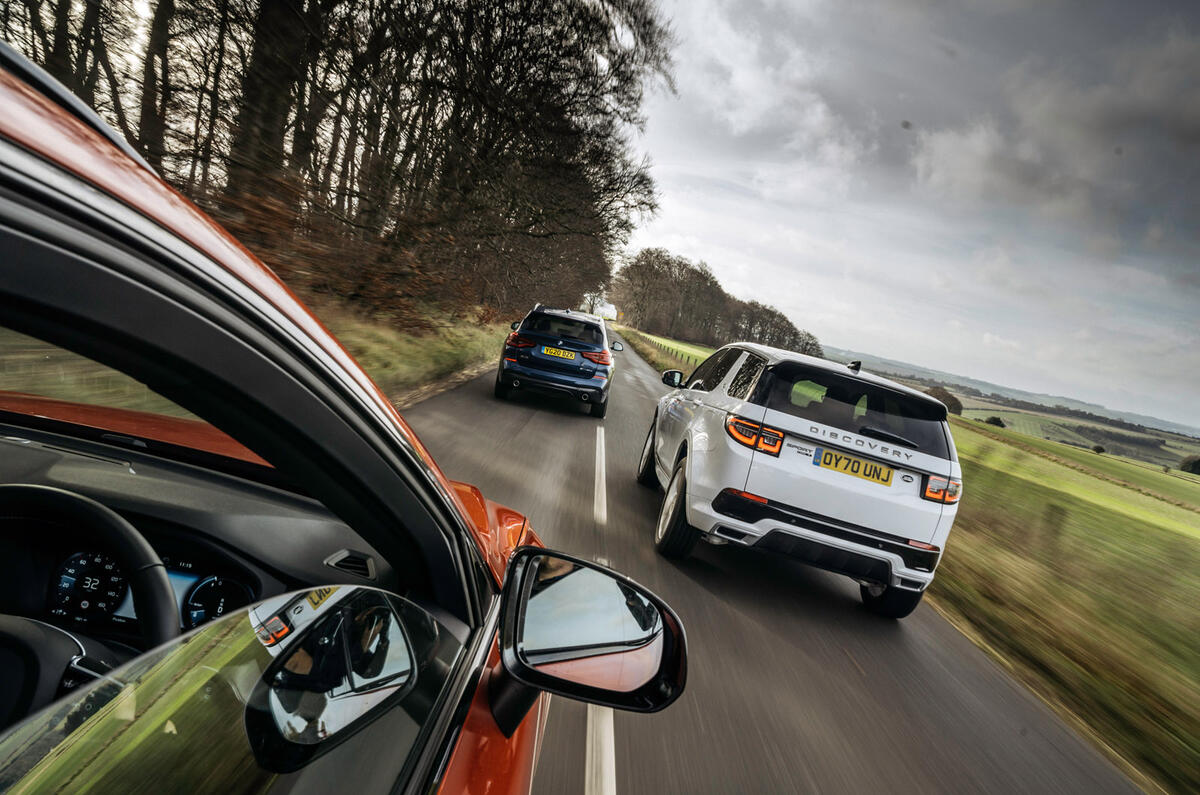
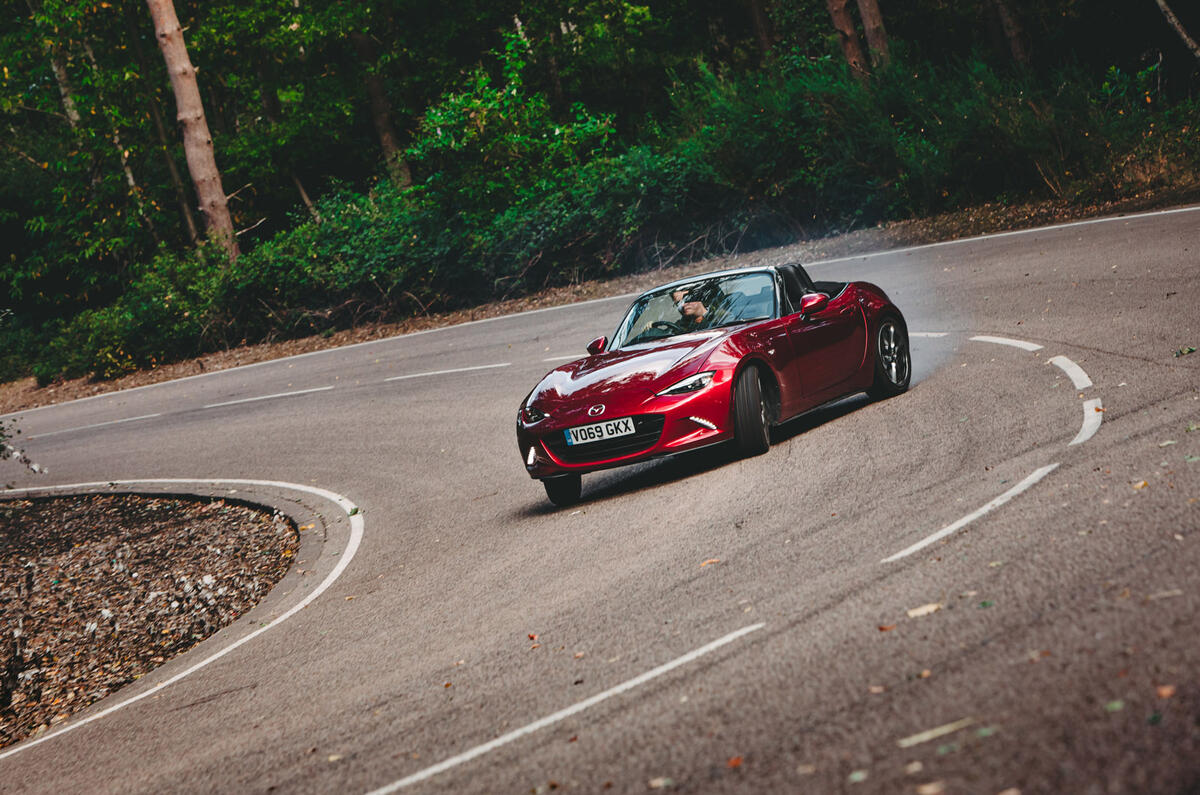
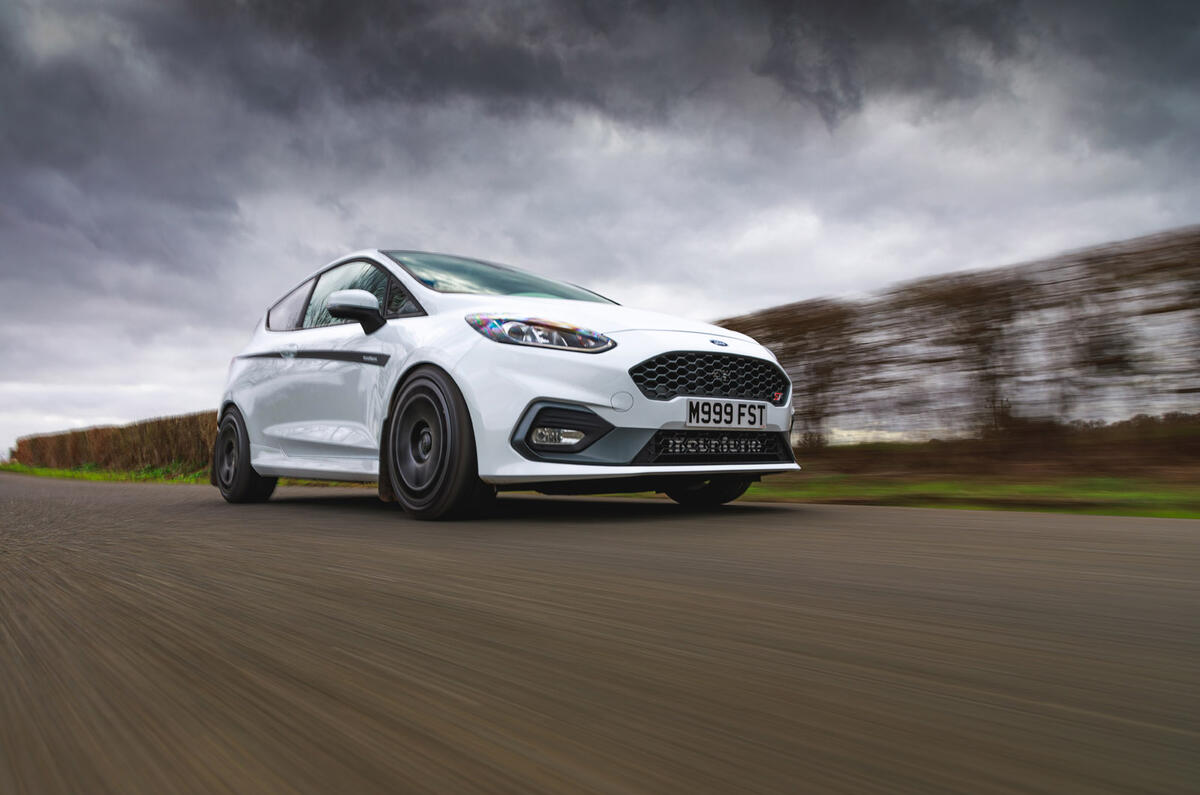
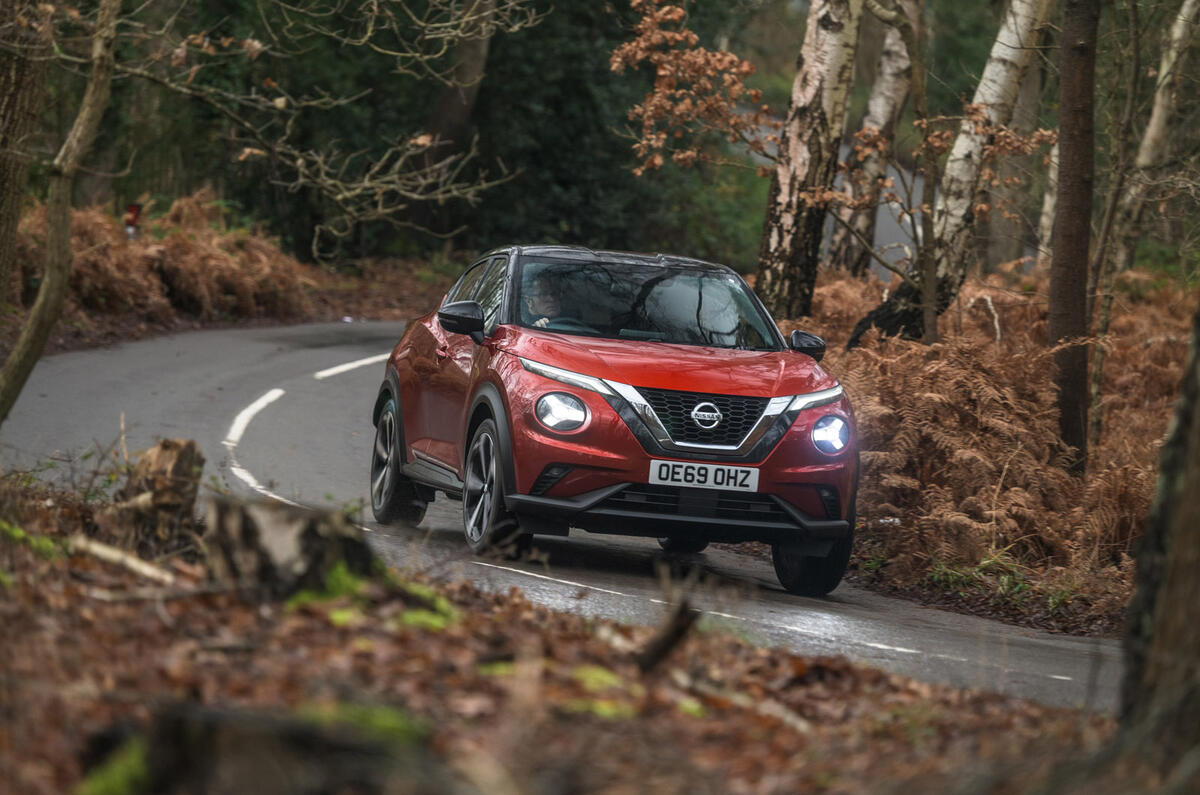
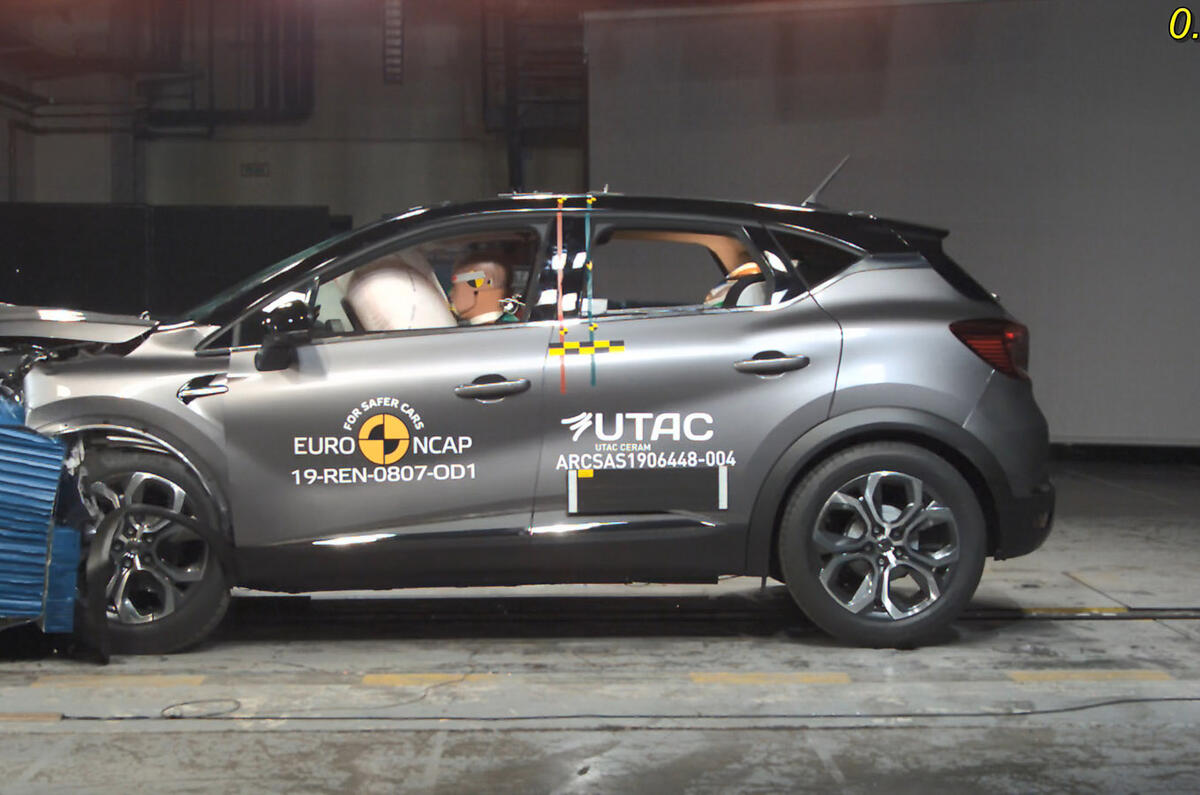
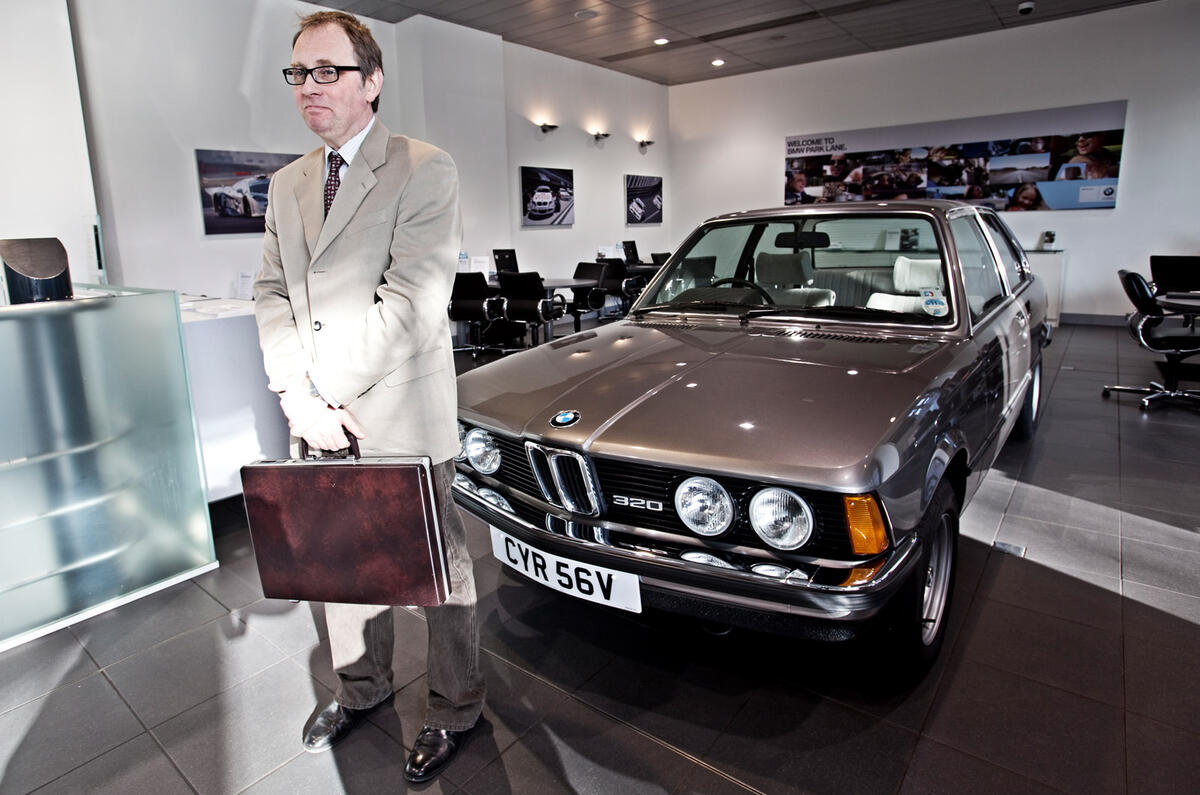
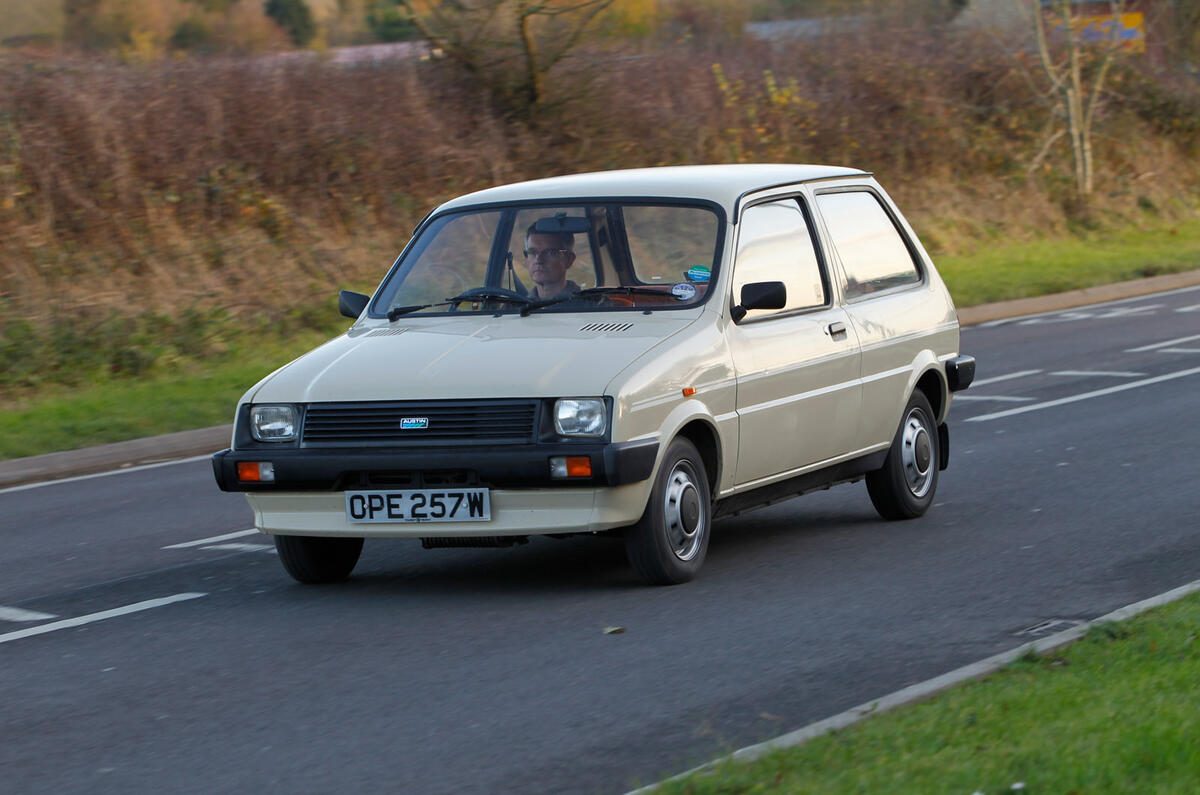

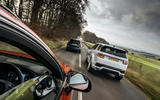
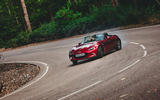
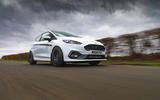
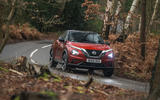

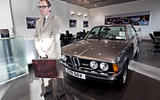
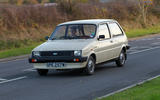


Join the debate
Add your comment
I despair at the ridiculous size, mass, aerodynamics and maximum power of almost all new cars currently available - ICE and BEV. Clearly the EU legislators have been got at by the big car company lobbyists, and are so ignorant as to be unable to challenge this 'advice'. Cars do need to be smaller, lighter, lower and slower - but the politicians haven't got the intellectual independence or courage to make it to happen.
"A more motley accumulation of mediocre metal you would struggle to find. Where was the Peugeot 205, Volkswagen Golf or BMW 3 Series? Nowhere by comparison. And why? Because, back then, to whom could you turn for advice? The only car expert most people knew was their local dealer, who came with the profound conviction that the world’s best car was whatever he had most of on his forecourt that week"Or that people make on average 60% more than 1990? I suspect people can afford a 3series vs the Ford/Vauxhall equivalent these days and French cars back then were still trying to shrug off their reputation for rusting. (Not that Fords were any better!!) As for weight, a big issue is the time cars are developed in. The pressure to reduce costs and development time means that concentrating on weight reduction when powertrains are so abundant in power often and worngly gets overlooked. The real lightweight cars such as the Alpine and MX5 tend to have small dedicated teams who are passionate and therefore weight is a top priority. The key to light weight, in my opinion, is to make cars in small teams and change the way the lumbering dinosaur companies think. Its very possible to take a lot of weight out of cars and still achieve all given safety and regulation targets.
Maybe one day you can do a test on cars that are taller because the people who buy them are old, infirm or disabled. Some of us are you know, but still like all things car. Maybe you could resist the urge to tell us we should have bought a Golf R. Some of us can't and I'm one of them. My current car is smaller, lighter and has better fuel consumption than my previous BMW 335i. I sure as hell didn't buy it because I was bored with the BMW. Of all of you, only Matt Prior gives any sign of understanding that.